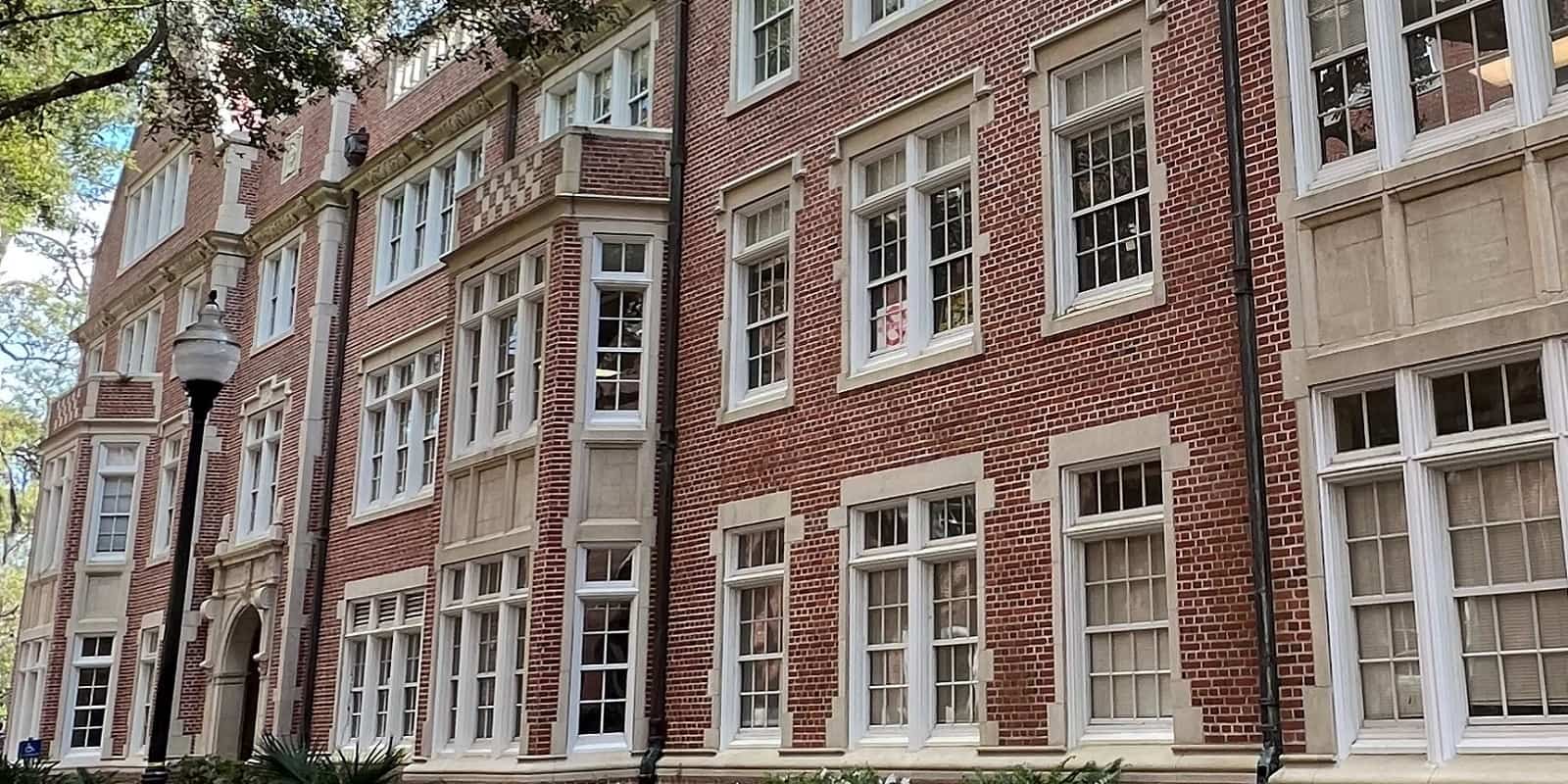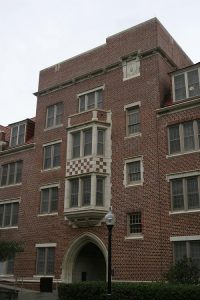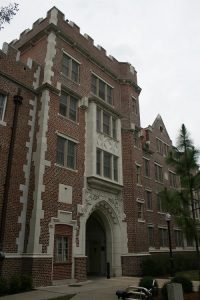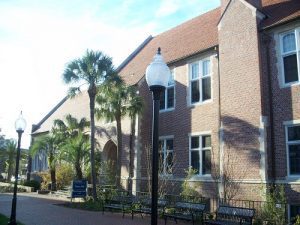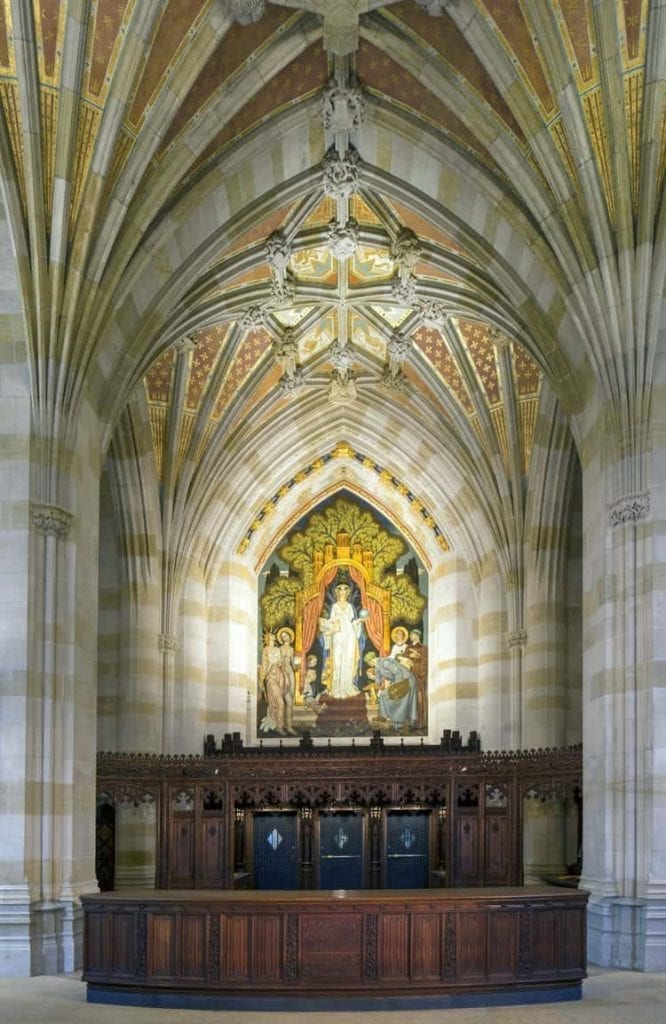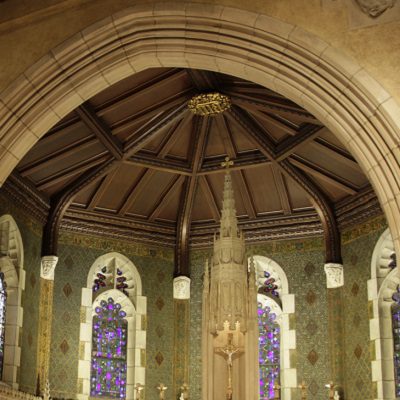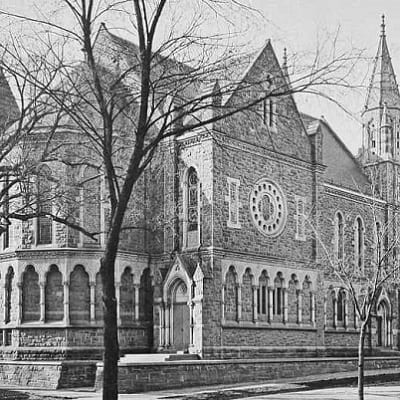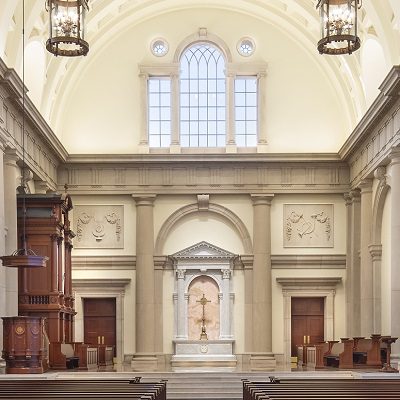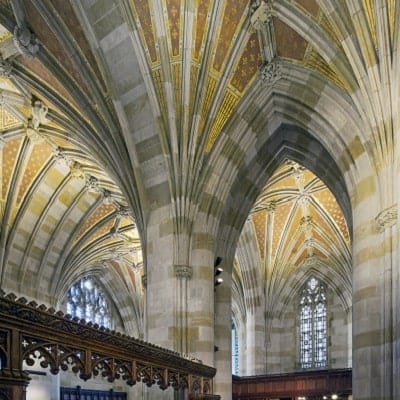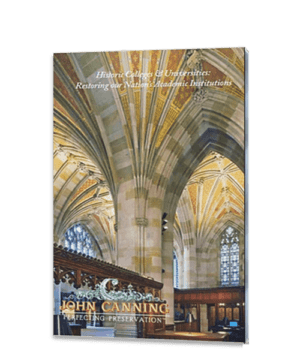There is something about the Gothic style of architecture that gives a charisma of studious vigor. Perhaps it’s the tall, sturdy towers or the dark, noble materials and color schemes. Just like the peculiar phenomena that glasses make people look smarter, the Gothic style seems to be well-suited to the academic life. For this reason, the Gothic style is perhaps the most common style on U.S. college campuses today. It was famously brought to attention by architect James Gamble Rogers at Yale University in the early 20th Century, and has expanded immensely ever since. An American architect largely responsible for the spread of Gothic architecture specifically in collegiate institutions is a man named Rudolph Weaver.
Early Life
Rudolph Weaver was an American architect famous for his work in design and construction of numerous collegiate buildings in Florida, Idaho, and Washington state. He was born in Pennsylvania in 1880, studied architecture at Drexel Institute and Columbia University, and later returned to Drexel Institute to earn a Bachelor of Science in engineering. He was an architecture professor at the University of Illinois for two years before he started his famous career in collegiate Gothic design.
Architectural Career
Weaver designed multiple buildings for many educational institutions, including Washington State University, the University of Idaho, the University of Florida, Florida School for the Deaf and Blind, Florida Agricultural and Mechanical College, and Florida State College for Women. He eventually became a member of the notorious American Institute of Architects (AIA) in 1920.
University of Florida
Weaver’s most famous work in the collegiate Gothic world is at the University of Florida where he designed a significant number of halls, residencies, science buildings, and private buildings most of which were built in the Gothic style. He used this style to continue the work of William Augustus Edwards, the first architect to the Florida Board of Control. Weaver succeeded Edwards as board architect and was very influential in the design and growth of the campus. Rudolph Weaver Hall and Weaver Hall Residence were eventually built at the University of Florida and named in his honor.
All of the buildings designed by Weaver at the University of Florida are part of the Historic District, a group of buildings, properties, and sites recognized as historically or architecturally significant. Weaver’s work achieved even more recognition when the University’s Historic District was added in 1989 to the National Register of Historic Places,The United States federal government’s list of buildings, districts, sites, and objects deemed worthy of preservation due to their historical significance.
The following are just three of many beautiful works of Rudolph Weaver at the University of Florida:
Fletcher Hall
Fletcher Hall, one of Weaver’s famous Gothic buildings built in 1938, is a dormitory named after U.S. Senator Duncan Fletcher. It was designed in such a way that, from an aerial view, it makes the shape of an “F” and together with another building creates the University’s initials “UF.”
Sledd Hall
Sledd Hall is famous for more reasons than you think! It not only was built by renowned architect Rudolph Weaver, but it also “starred” in the Sean Connery Film Just Cause as a stand-in for Harvard University. Sledd Hall was built as a dormitory in 1929 and named after the University’s first President Andrew Sledd.
Dauer Hall
Dauer Hall was built during the Great Depression in 1936 and, due to a shortage of funds during that time, took quite a few years to complete. Dauer Hall is especially known and loved for its stained-glass windows located on the east side of the façade.
(Left) Fletcher Hall; (Center) Sledd Hall; (Right) Dauer Hall
Washington State and University of Idaho
Rudolph Weaver contributed to many other institutions as well, including Washington State University where he designed seven of the university’s historic buildings, and the University of Idaho, contributing the entire campus plan as well as the Life Sciences Building.
Weaver’s work has been a huge benefit to many universities as well as a blessing to so many more. The beauty, nobility, and significance both historically and architecturally of his Gothic style is astounding and magnificent to behold.

